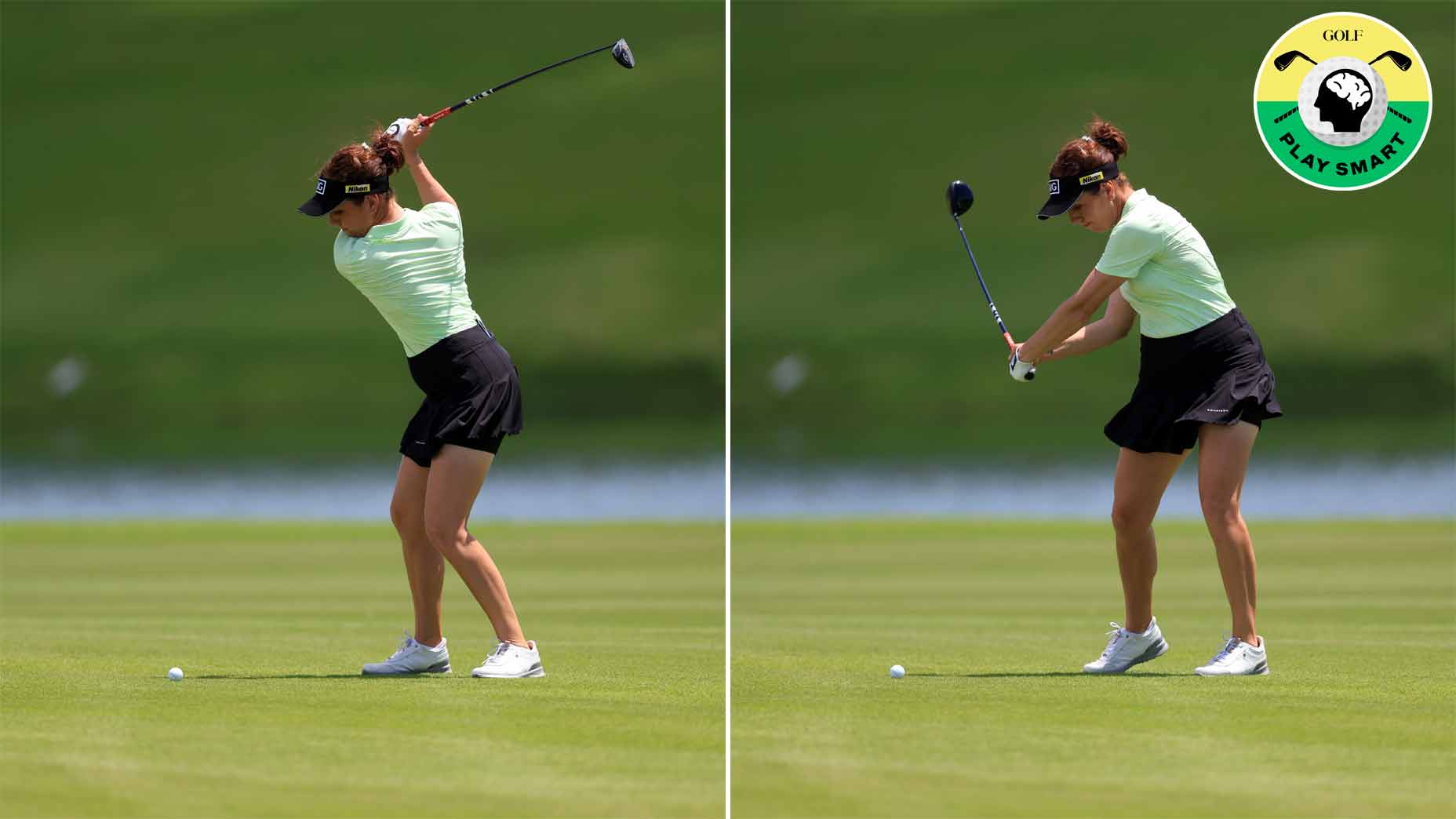Welcome to Play Smart, a regular GOLF.com game-improvement column that will help you play smarter, better golf.
Hitting the ball consistently and powerfully is a tough task. Even the best players in the world struggle to solve the mystery of the golf swing as even the smallest of errors can cause the ball to veer off line.
One of the most difficult things about the golf swing is how unique the movements are compared to every other athletic endeavor. There really isn’t anything like swinging a golf club, which is why even the best athletes struggle when they pick up the game. In golf, there’s no such thing as a natural.
There are, however, some movements from other sports that you can incorporate into your golf swing to make the game a little easier. And in today’s edition of Play Smart, we take a look at an athletic move that all good ball strikers incorporate into their swings.
Common move among good ball strikers
At first glance, the golf swing appears to be in two distinct parts: the backswing and the downswing. And while that might be true to an extent, among good ball strikers, the two are much more blended.
When good ball strikers get near the top of their backswings, they are actually already in the process of beginning the downswing. In other words, they get the weight to their lead side before they even get to the top of the swing.
In the video from the Titleist Performance Institute above, you can see this movement in action through the Step Change Direction drill.
“My lateral force goes way early,” the coach says. “Before the top of the backswing.”
It’s easy to feel the proper movement when you implement the drill. With your feet together going into the backswing, you naturally step forward and shift your weight to the lead side before you get to the top of your swing. This helps coil your body and creates much more power, and it creates the proper sequencing of all the components of your swing.
Do this drill a few times, and then get into your normal golf posture. Make a swing and think about when you would be shifting your weight in the Step Change Direction drill. It’ll likely be much earlier than you think, but if you do it properly, you’ll have much more power and better sequencing.
